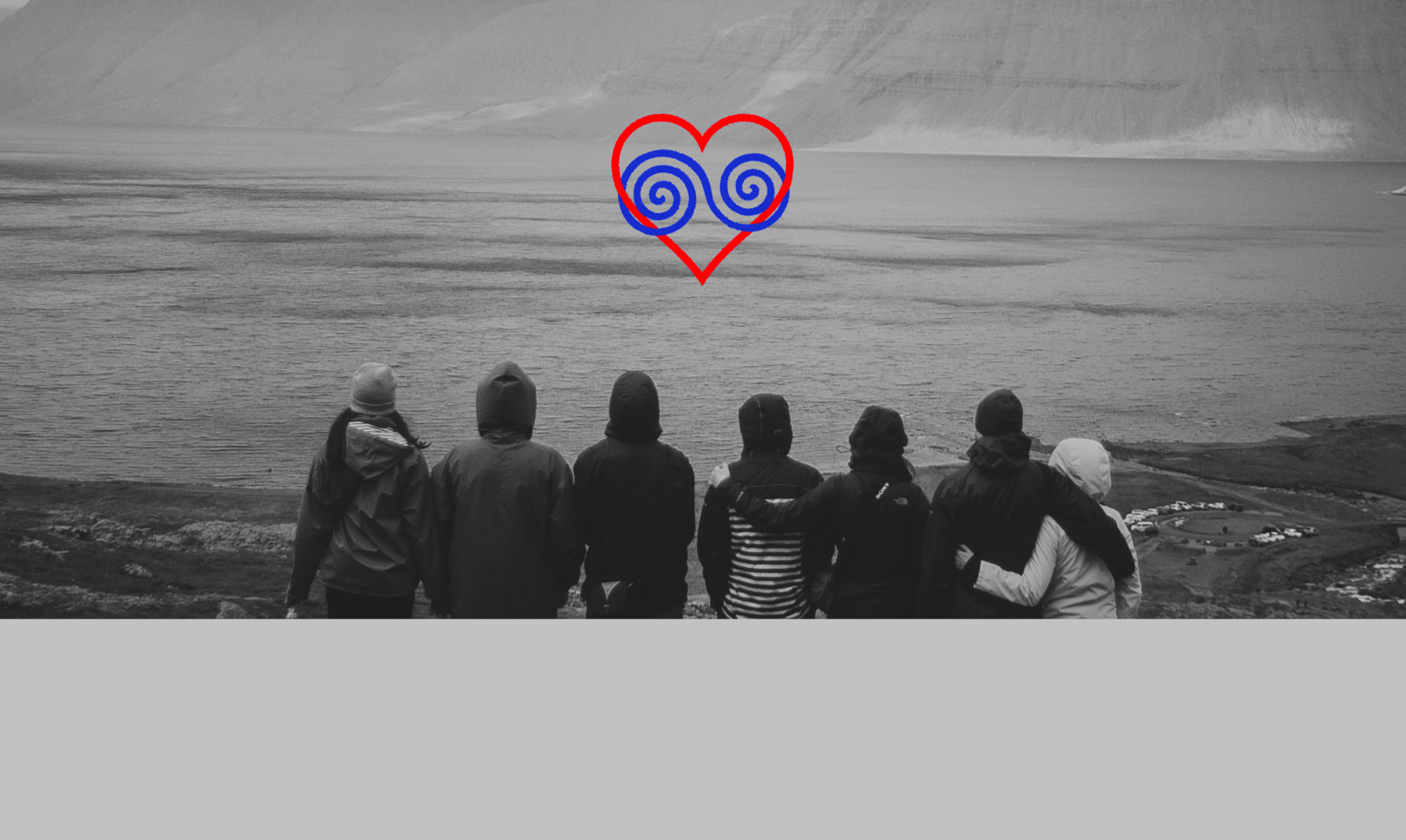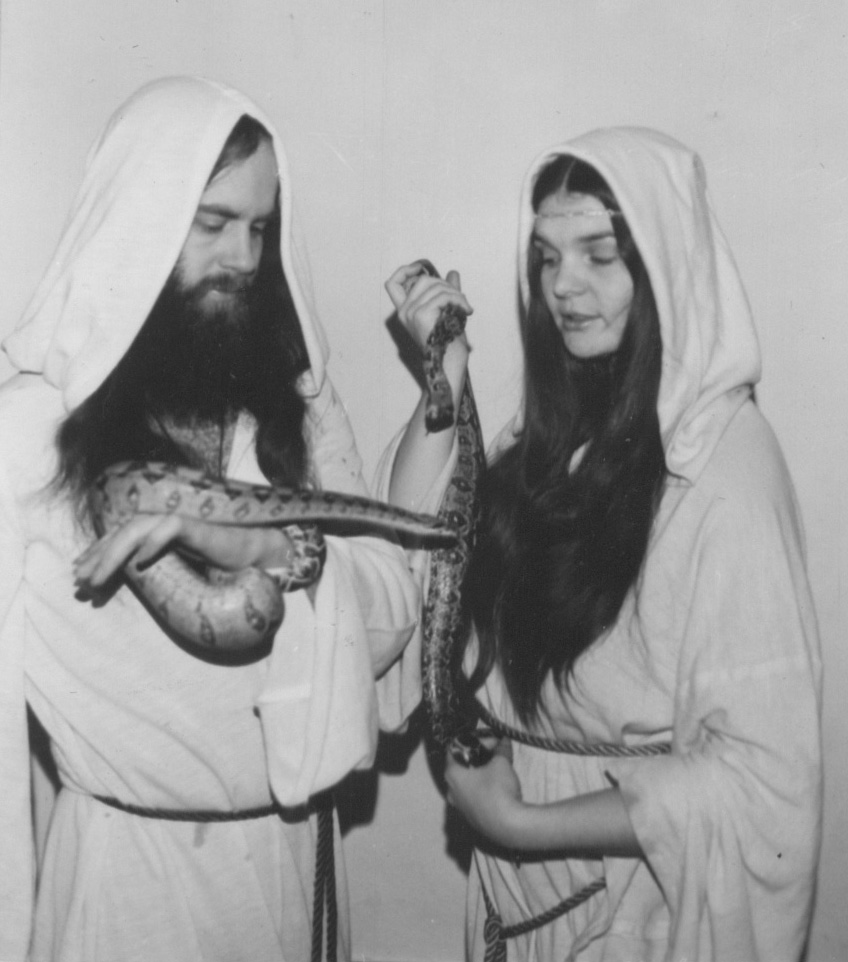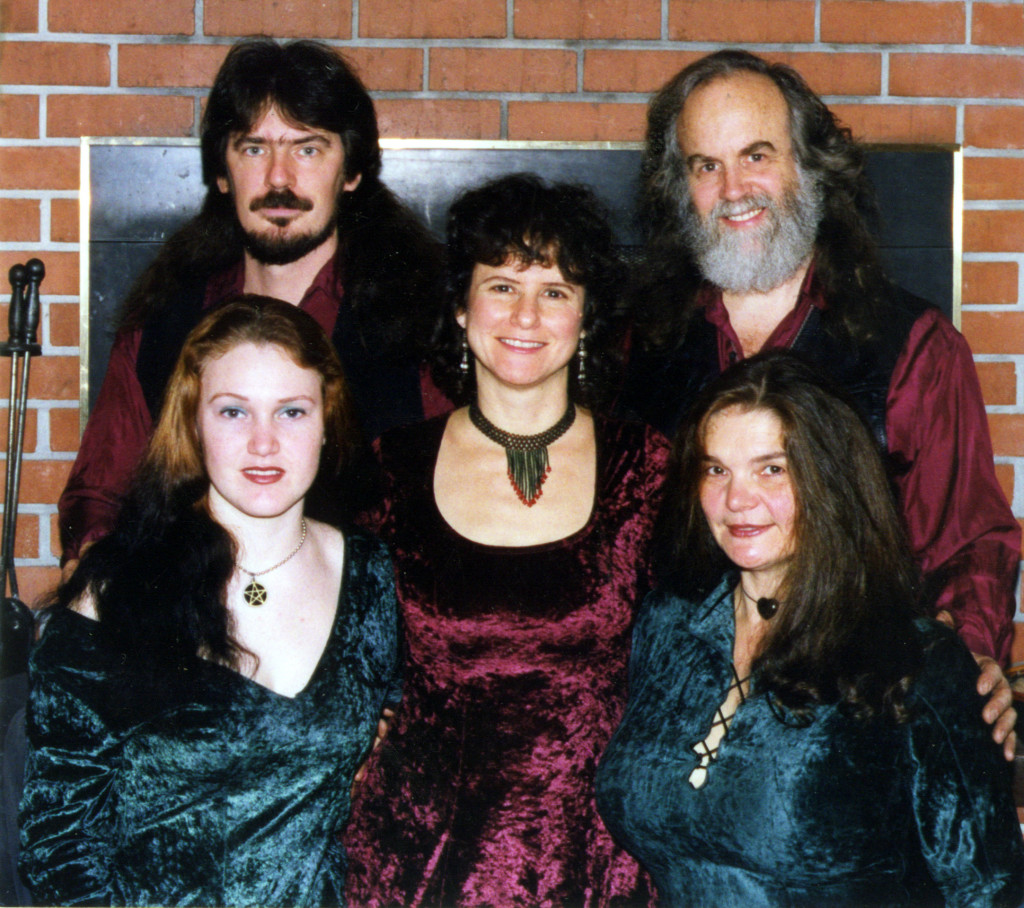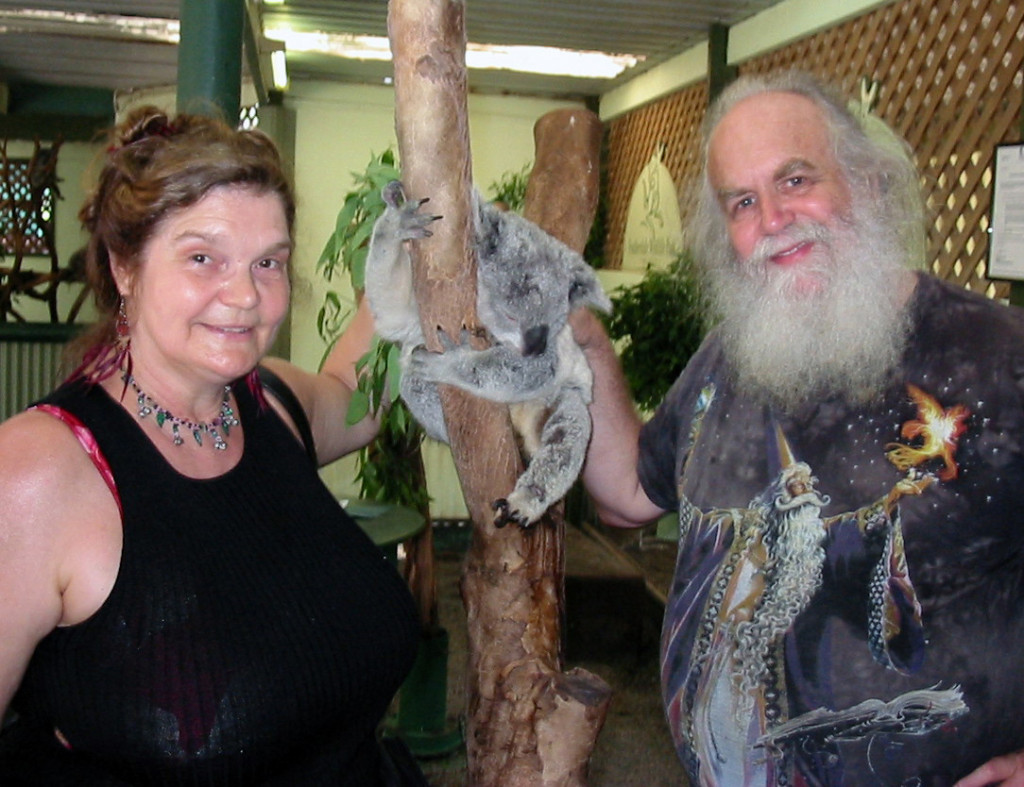Follow-up Five
[The fifth follow-up of a four-part series?
Really, Oligotropos, this is getting a bit peculiar…]

The first birthday of the Oligoamory Project has passed as quietly as it appeared. An active first year and a busy one, especially with regard to the respectable pace: A whole year with four entries per month, more than 50 entries in total. Each entry is at least three A4 sheets long (usually more…), that accounts for a total of 2300 words per posting and thus the dizzying number of well over 115,000 words that I have already written on the subject of “Oligoamory”. And since my website is bilingual, there are in fact probably more than 230,000 words on it, because every entry is faithfully and personally translated by myself (and as well as I can do) into English, which is normally done within three days after the German original text has been released. All in all, a passionate commitment which…
…is not sustainable at this point any more.
Apart from the marginality, that my bLog is of course completely non-profit and therefore strictly an ad-free medium, it is mainly the enormous amount of time needed to create a useful entry in one week – and that simply pushes me to my limits, because “mass” is not supposed to replace “class”, and accordingly only those articles go online, about which I am (reasonably) satisfied with myself in terms of quality management.
But since I am in this capacity of course quite exclusively “my own motivator”, I consequently entered into negotiations with myself, with the result that I would now like to announce the outcome of this internal meeting:
“Until further notice” from today on the Oligoamory-bLog will be a monthly magazine.
Well. In the spirit of radical honesty, however, it seems appropriate to me to admit that, in addition to the essential factor of time, another circumstance has led me to the self-imposed literary diet in the matter of Oligoamory – and with this I finally turn to “Follow-up Five”, since this reason arises directly from the findings of one year of work on the basic theme of my bLog – “committed-sustainable multiple relationships” – and in this, once again, especially concerning the quintessence of the preceding four-part series on the (historical) roots of Oligoamory [ 1 | 2 | 3 | 4 ].
For very correct readers might object that though in this sequel I would have been able to present the history of Polyamory in a somewhat acceptable way, in the end I would have tarried in revealing the link to my own creation, “Oligoamory”. Which in a certain sense is actually true, as well as being a reduction of the whole: For just as in Michael Ende’s “Neverending Story“ the history of Fantastica unfolds only as it is written down by the “Elder of the Wandering Mountain” ¹, so too the “History of Oligoamory” is always developing by the words that I add to it here. Or rather, it already exists in so far as I have already added to it.
By which point – also an analogy to the “Neverending Story” – the snake starts to bite its own tail a little bit, because especially in Entry 1 and Entry 2 I described my very personal steps and reasons, why I headed for the remote island of Oligoamory – and why I undertook this very journey to get away from the shores of Polyamory.
These reasons are as important to me today as they were when I wrote them down; however, my own one-year involvement with Oligoamory has made it even clearer to me what dimension my exploration of the possibilities and viability of ethical multiple relationships would actually reveal.
Especially my “History of Oligoamory” with its parts 1 | 2 | 3 | 4 has once again confronted myself like a kind of “super-concentrate” with the essential “core ingredients” of ethical non-monogamy, which I identified in Entry 50 as alternative spirituality, humanistic psychology and integrative feminism.
However, those “core ingredients” are exactly what leave me sceptical to some degree about the extent to which liveable and successful Oligoamory currently lies within our reach at present – especially in our actually existing everyday lives.
Spirituality:
Well, who would have thought that I would write this someday on a bLog concerning multiple relationships – that I consider it favourable if the participants were able to find a basic form of spirituality within themselves.
As you can see, I have already omitted the word “alternative”, because from my point of view it is quite possible that also a “traditional faith” can have the same function – if this faith is not so inflexible that its traditional structures only legitimize purely heteronormative thinking (and treat any deviation from this norm, such as multiple relationships, promiscuity, sex positivity, same-sex love, individual disposition regarding sex or gender, etc. as “sin”).
Why do I think that spirituality is an important “core ingredient” for ethical multiple relationships? Because I believe that strong multiple relationships benefit from people who acknowledge and appreciate that – concerning their existence – they are part of something bigger than themselves. This kind of thinking contains a virtue that is not always in vogue at the moment, namely, temperance. And temperance, according to Wikipedia, “is synonymous with “modesty”, “frugality”, “simplicity” and “restraint”. The psychologist and specialist in German studies Siegbert A. Warwitz once called temperance the “Key to Happiness”, as it would protect against an exaggerated attitude of need, which otherwise could quickly turn into an “attitude of demand”. Which, from my point of view, – in terms of Oligoamory – is the reference to my subtitle keyword “sustainable” : Whoever is modest and sustainable, won’t claim all resources, all speaking time, all the space and all the attention for him*herself. Concerning the creation of small communities, as I would like to imagine in Oligoamory, this would be an important prerequisite for interacting with each other.
Even more than that, however, a well-founded and established spirituality still appears to me to serve something that is of particular importance to me: A respect and a sense for the “enchantment of the world”. The economist and sociologist Max Weber once described its opposite – “disenchantment” – as a rationalistic, secularized, bureaucratic belief that “all things – in general – can be mastered and controlled by assessment”. Such a philosophy of “disenchantment” is the essence of all market-economical and utilitarian thinking, which ascribes to all things a “purpose” or “usefulness” as the (only) reason for existence. Spirituality, on the other hand, with its “enchantment”, leaves room for “purpose-free” existence – and for phenomena such as idealism, romanticism, creativity and fantasy, for ideas and structures in other words, which tend to elude considerations of usefulness or the allocation of a (market) value. Thus, people who feel, think and act “spiritually” will not only perceive a tree as a piece of wood, a pig as a potential roast and a human being merely as workforce, but will acknowledge those entities as living beings and companions as themselves. The accomplishment of harmony, respect and peace – as promised in all religions in their visions of the “Kingdom of God“, “Shangri-La“, “Jannah” or “Nirvana“ – could thus possibly actually present itself if we all in this way would be able to recognize “divinity” in all things – and consequently also discover it in ourselves.
Humanistic psychology:
Without presenting here a too deep introduction into the world of thought of humanistic philosophy, I can tell all my readers that the basic views of this school of thought are woven like a golden thread through my conception of Oligoamory everywhere. Excitingly enough, it was only while exploring Oligoamory that I myself discovered that “this child already had a name” – actually that of “Humanistic psychology” – which obviously influenced me decisively while writing. The following principles were formulated by the humanistic psychologists James Bugental and Tom Greening in 1965, I will briefly comment on them in relevance to Oligoamory:
- Human beings, as human, supersede the sum of their parts. They cannot be reduced to components.
Comment: What else can I say? This insight contains what I have probably expressed most on this bLog since the very first hour and therefore represents my most important goal, to the experience of which the Oligoamory should contribute. I have just as often spoken out against the “compartmentalization” of loved ones as “need fulfilment assistants”, since I particularly reject this type of interpretation of current Polyamory (Entry 2). - Human beings have their existence in a uniquely human context, as well as in a cosmic ecology.
Comment: Here the humanistic philosophy applies directly to what I have already expressed under “Spirituality” above. By building close, intimate and loving communities, I hope for a more comprehensible realization that we have to deal with the whole creation (of which we ourselves are a part) in a responsible and respectful way – and that our resources are finite and we have to strive for added value thus. - Human beings are aware and are aware of being aware—i.e., they are conscious. Human consciousness always includes an awareness of oneself in the context of other people.
Comment: Oh happy day – if only it was always like this! Of course, “awareness” at all times would be a great asset, especially for good decision-making. But we are also human – and therefore we should allow ourselves a little fallibility… However, what is much more important to me at this point is the direct reference to our interpersonal relationships. Jürgen Margraf, Professor of Clinical Psychology and Psychotherapy and Dean of the Faculty of Pyschology at the Ruhr University Bochum, said just last week in a Newsreel interview »We are social beings. As humans, we have historically evolved in small communities with a few dozen individuals. This environment has been relevant for our survival, evolutionarily we are no loners. We need these contacts.« Exactly that is what I wanted to express with my bLog from the very first hour as well. And that’s exactly why I reject all that “propaganda of aloneness“ (see Entry 8), with its platitudes like “The measure of how developed we can interact with others depends on how developed we can be alone with ourselves.” ² S*he who really believes that s*he can become a developed human being by practising “Aloneness” is completely wrong from my point of view. Because an integral aspect of human existence, which is the pervading awareness and the imprinting of being a social being, would have to be deliberately ignored, even split off. Which would lead us back to 1. - Human beings have the ability to make choices and therefore have responsibility.
Comment: In Entry 3 and Entry 4 I have written down the essential values of Oligoamory. In doing so, I have also listed responsibility, which I have specified as “accountability”. “Accountability” is our chance to finally get away from any “concept of guilt and blame”, because that way we are allowed to admit self-responsibly our causality. And this self-responsibility is in turn the most important component of any interpersonal interaction and communication, if it is meant to be “honest”. Genuine “honesty”, however, requires great courage as well as substantial self-knowledge, in order to dare under certain circumstances a leap of faith into the dark spots of one’s own soul and thus possibly to experience not always pleasant feelings (and more: to entrust oneself to other people despite of it). - Human beings are intentional, aim at goals, are aware that they cause future events, and seek meaning, value, and creativity.
Comment: “Meaning, value and creativity” are exactly those elusive and “non-prizeable” components which, however, are the ones that can give a human life its true significance. When we talk today about models of living and working that are no longer merely owed to an economic “higher-faster-further”, our “quest for meaning” in particular returns to the center of attention. And thus the unfolding of an overall “human potential”, which we have probably only tapped to a small extent until today.
Being political
Instead of just listing the socio-political movement of feminism again, I prefer to write “being political” here, as a representative of “being involved”. For just as the main concern of the 4th wave of feminism at present is the fight against “intersectionality” – i.e. the countering of overlapping forms of discrimination – the guidelines of humanist philosophy also show that such goals can hardly be realized if we continue to consume our world saturated while sitting on the couch.
In this sense, until that ideal world, which I briefly described in the section “Spirituality”, arrives, we would first have to courageously become “Homines politici” – political people – for quite some time.
We live in a world which today is predominantly oriented towards aspects of market economy – and so far we have subordinated almost everything to these aspects of market economy and to the omnipresent realization of profits. This concerns our model of society – and thus the choice of social coexistence down to the smallest units of human communities, it concerns our educational policy – which is supposed to turn us into hard-working drones and eager consumers, and it dominates our thinking in such a way that it is difficult for us to imagine a “meaning of life” beyond “demonstrable success”, “winning at any price” and “exercising power over…”. And that’s why all those of us are soon depressed or ultimately even deprived of their dignity if we don’t recognize ourselves in these prescribed stereotypes.
To become a “Homo politicus” therefore means for me to understand that “becoming aware” – which is desired in humanistic philosophy – implies socio-politically “Consciousness raising” – for which it is inevitably necessary to get up from one’s own couch and to look beyond the rim of one’s own teacup. If we don’t just want to ” complain about the great darkness”, then we have to find the courage within us to light our candle for our concerns or for the concerns of minorities, animals, social circumstances or the environment as a whole and LET IT SHINE. From Rudyard Kipling to Tristan Taormino and Greta Thunberg: Change has always begun with one courageous individual who recognized the need for change and implemented it persistently and steadfastly.
Why am I, Oligotropos, so sceptical about the aforementioned three aspects?
All in all, the main problem for me remains that all too often we humans tend to strive for convenient results only by means of a “technique”, a “method”, a mere “in-order-to”. We practice yoga, not to connect with the roots of our spiritual existence, but to fit into our summer wardrobe. We attend psychological workshops and group therapy seminars, not so much to get to know ourselves in the end, but to analyse and diagnose our neighbours in everyday life. We prefer not to take to the streets to stand up for renewable energies and our long-term survival, because we don’t want a Wind turbine near our house and are afraid that a meat-free “Veggie Day” will be introduced in the cafeteria…
Now in my fifth decade of life, I fear that not so many people will find the courage and initiative to embark on a journey of self-knowledge, which confronts them with their spiritual roots, the state of their self-realization and individuation, and their social and political integrity.
Moreover, I think it is even less likely that there are enough of such remarkable like-minded people out there, to yield enough possibilities concerning the creation of such trusting and intimate communities as I propose.
I will continue to dream that it is (still) possible after all.
It’s cold in the scriptorium³, my thumb hurts. I go and leave this writing, I don’t know for whom, I don’t know about what anymore:
All that remains of the rose is its name, we are left with bare names only…
¹ Michael Ende, “The Neverending Story“, Chapter XII “The Elder from the Wandering Mountain”, Thienemann Verlag 1979
² e.g. Erich Fromm in “The Art of Loving“, New York 1956, but also Osho in “Love, Freedom and Aloneness”, Griffin 2002
³ Umberto Eco, “The Name of the Rose“, Epilogue, Carl Hanser Verlag 1982
Thanks to Skyla Design on Unsplash for the photo.





